With such a diverse array of succulents out in the marketplace these days, proper taxonomy and identification often gets overlooked. Succulent identification confusion exists even amongst experienced horticulturalists, and plants might leave a nursery mislabeled or even unlabeled. It isn’t uncommon to see a succulent marked by its genus followed by sp. (an abbreviation for species, and a clever way of saying “I don’t know”). To further add to the confusion, unlike with many other plant types, there are very few common names attributed to succulents, therefore consumers must rely on botanical names for most succulents they purchase and/or collect.
In most cases, the first name one encounters on a nursery plant label is the genus, which, if written correctly, will always begin with a capital letter and be italicized. The taxonomic rank of genus exists between family and species and is based on several criteria, but generally a genus encompasses a group of structurally and genetically similar plants. After the genus name comes the species name, also italicized, but with no part of the name capitalized. A species name might be altogether absent if the plant is a hybrid or cultivar. Most often, species are members of a genus that can interbreed with one another but possess enough physical differences to warrant further classification. Species names are usually either Latin or Greek adjectives, describing some physical characteristic of a plant species (grandiflora: large-flowering, sexangulare: six-angled, farinosa: powder producing, etc.), or a Latinized name in tribute to its discoverer, a famous botanist, somebody’s favorite dog, etc. (palmeri, laui, bainesii, etc.) In biology, species is considered to be the most fundamental taxonomic rank, yet in the horticultural world, there are further classifications of subspecies, variety and cultivar. While most avid succulent collectors are familiar with genus and species names, confusion abounds when it comes to distinguishing between these three sub-ranks of taxonomy. Here is a simple breakdown of the three:
Subspecies
The rank of subspecies exists beneath a species and above a variety. A subspecies designation is applied to a plant that is geographically isolated from other members of its species in habitat and therefore does not interbreed for this reason (although genetically possible). Because of this geographic isolation, subspecies can often take on different physical characteristics from other members of the species. One example from the succulent world is Crassula pubescens ssp. rattrayi and Crassula pubescens ssp. radicans. The former possesses fuzzy leaves, while the latter does not. Sometimes the terms subspecies and variety are used interchangeably, though this is not technically taxonomically correct. A ssp. notation is placed between the species and subspecies names and never capitalized or italicized.
Crassula pubescens ssp. rattrayi
Crassula pubescens ssp. radicans.
Variety
A variety is a naturally occurring variation of a plant within a species. One classic succulent example is Cotyledon orbiculata. There are many naturally occurring varieties of this species, including the round-leaf Cotyledon orbiculata var. orbiculata, and the oblong-shaped Cotyledon orbiculata var. oblonga. The physical characteristics are usually reproducible through sexual reproduction. In other words, seedlings sown from a plant will possess the same (or only slightly different) physical characteristics as the mother plant. A var. notation is placed between the species and variety names and never capitalized or italicized.
Cotyledon orbiculata var. orbiculata
Cotyledon orbiculata var. oblonga.
Cultivar
The term cultivar is an abbreviation of “cultivated variety”. As its name suggests, a cultivar is a variety cultivated by humans, and one not found anywhere in natural habitat (with only a few exceptions: for instance, a fasciated plant can be considered both a variety and a cultivar, as fasciation can occur in nature). Cultivars include all hybrids, both intergeneric and interspecific, as well as sports and mutations. Seedlings from cultivars usually do not come out true to type and are therefore propagated via vegetative means. One example of a cultivar from the succulent world is Echeveria ‘Etna’. This plant is a hybrid of Echeveria gibbiflora, and genetic mutation causes its trademark bumps, or “carunculations”. Cultivar names are usually noted after the genus name (unless detailed hybrid information is included), never italicized, and surrounded by single quotation marks. The first letter of the cultivar name is capitalized.
Echeveria ‘Etna’






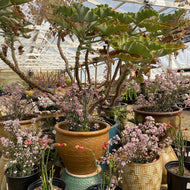

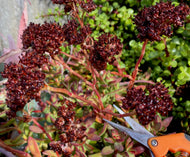
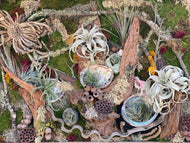
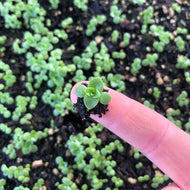
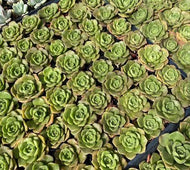
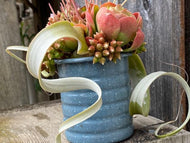
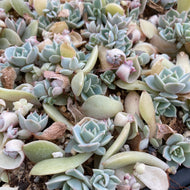
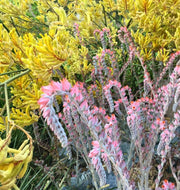
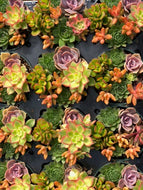
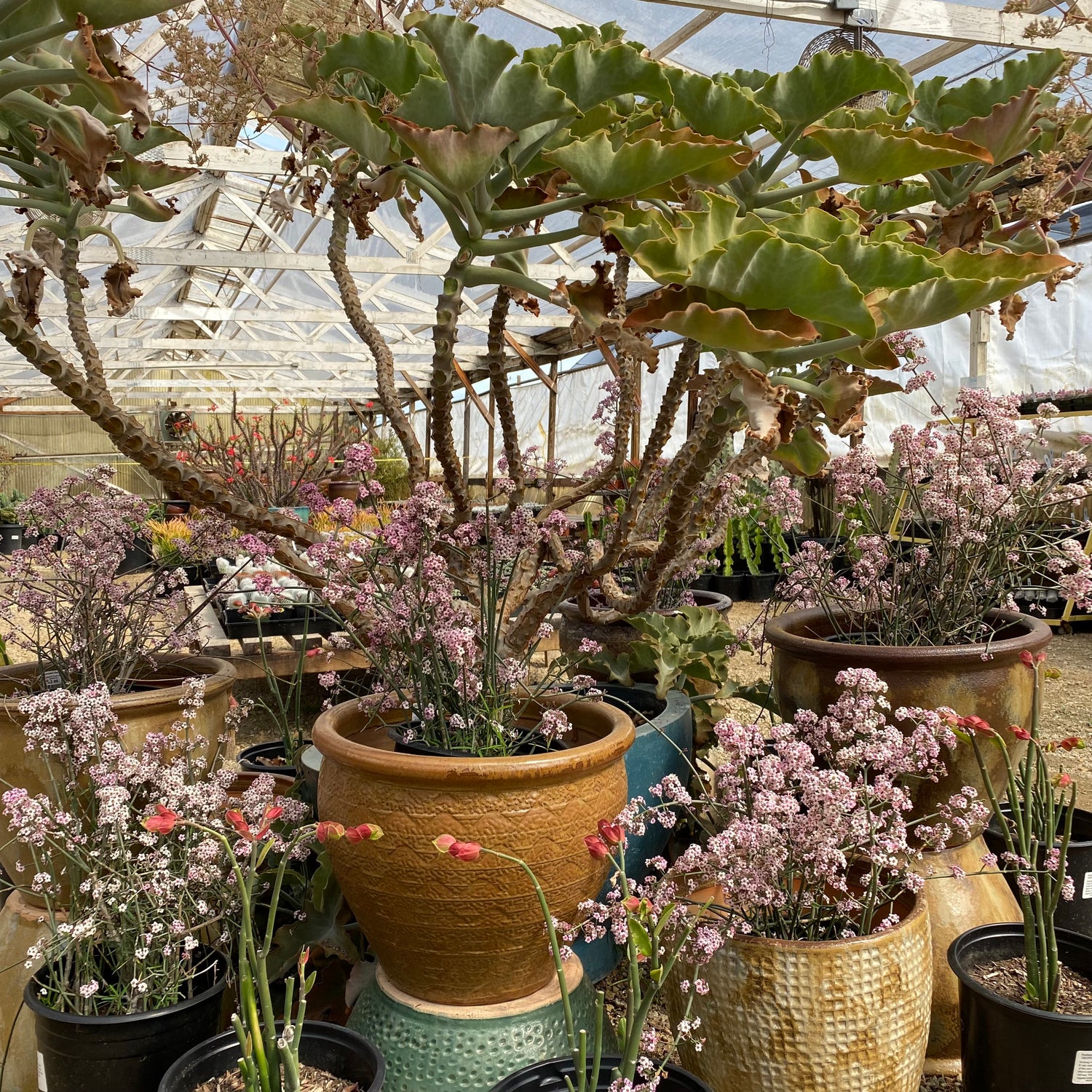

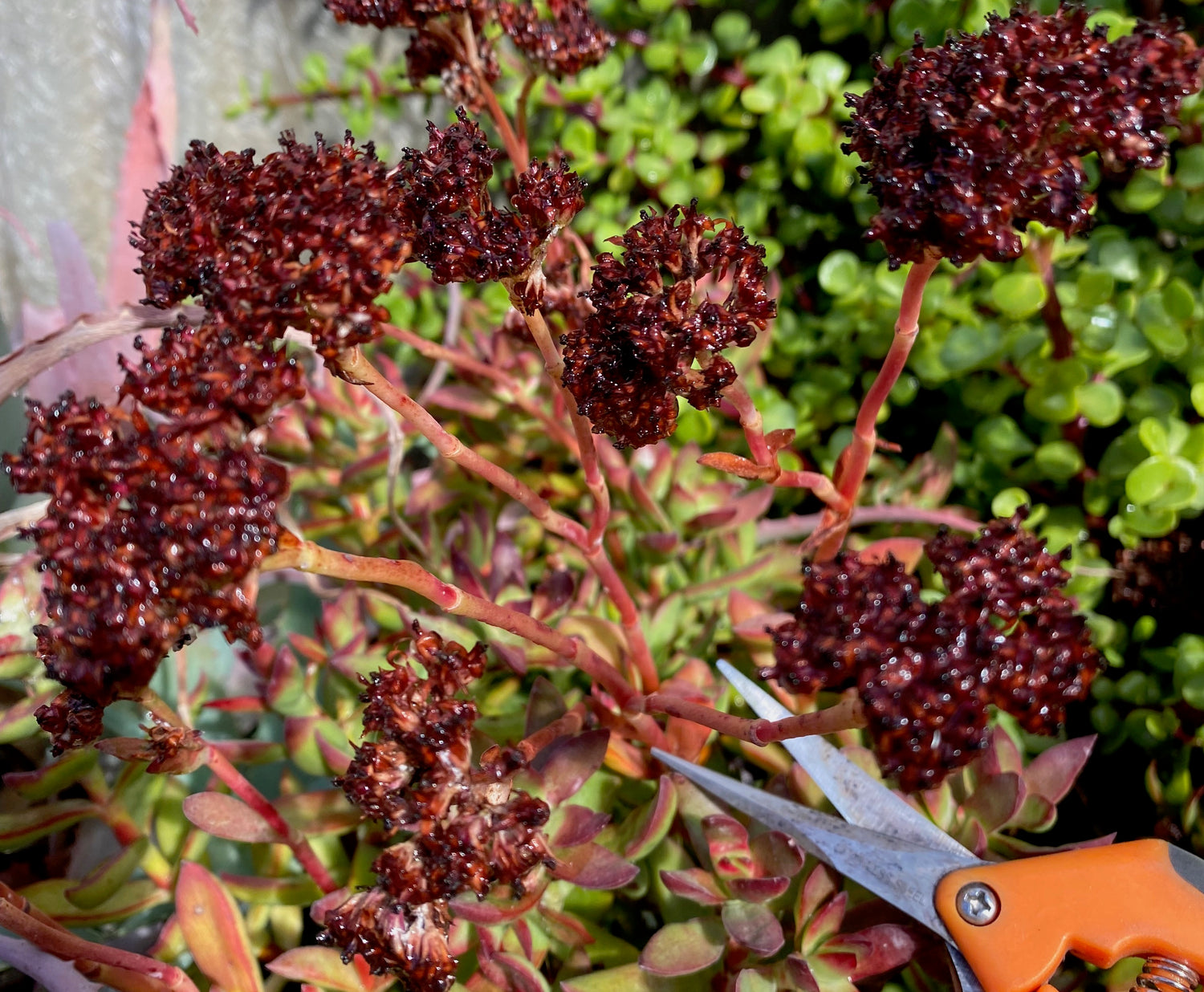
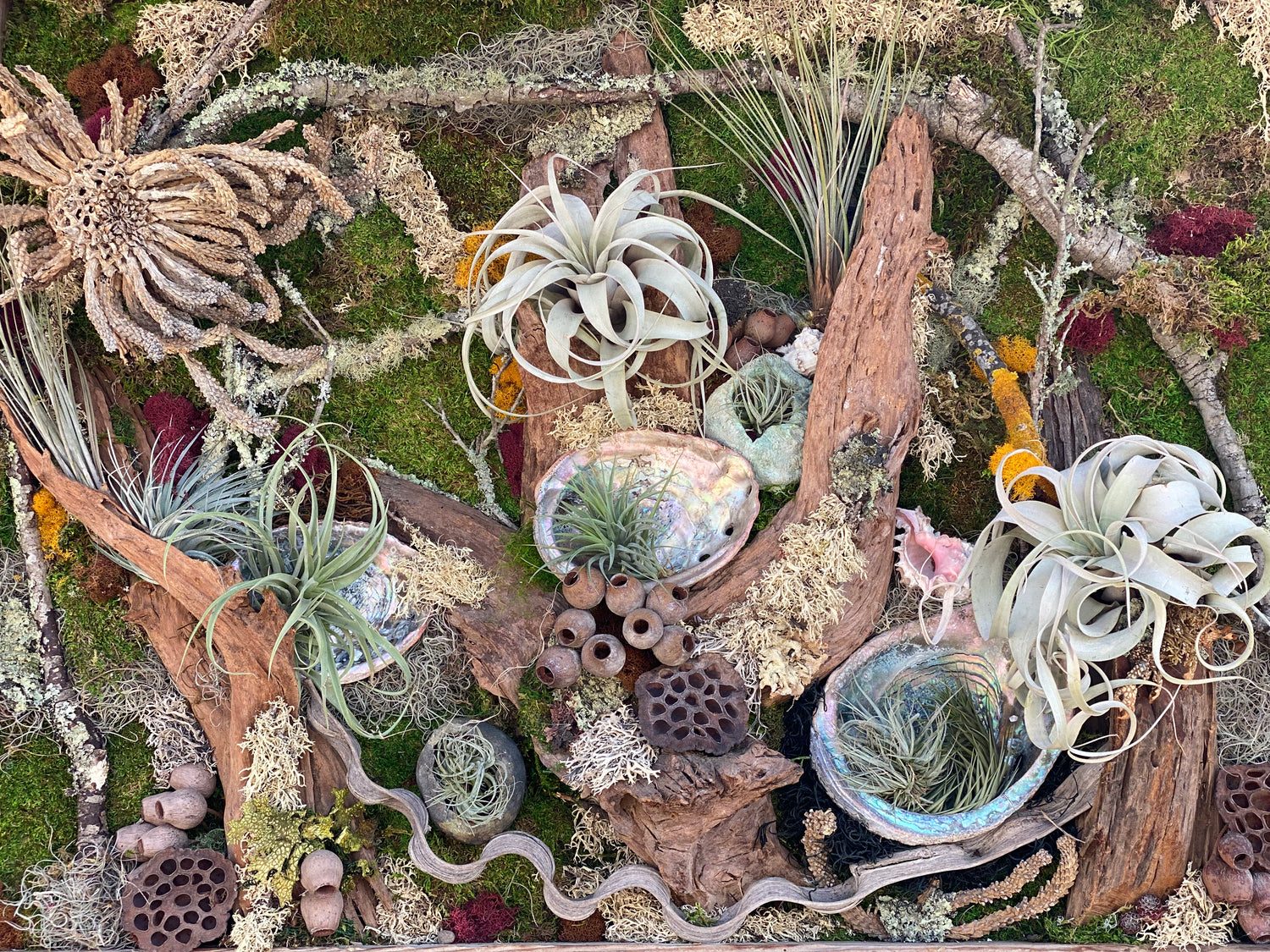
2 comments
Excellently done! Good explanation of a tricky series of words!
I love succulents!